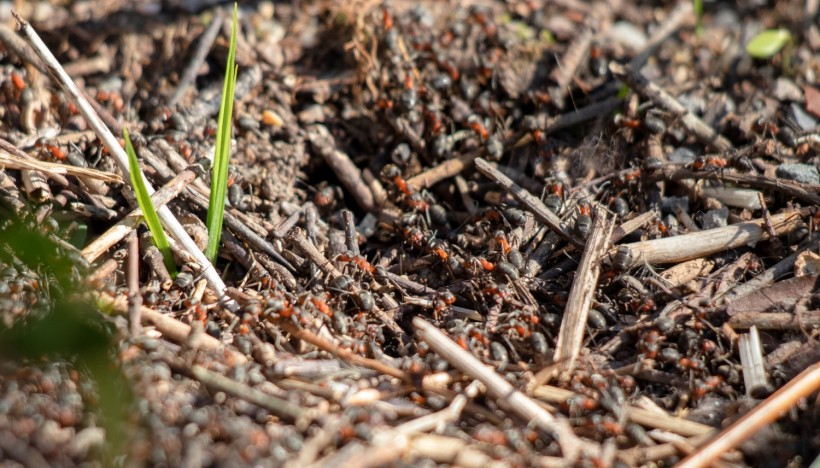Social insects such as ants and honeybees are known for establishing a highly organized colonial structure. Through their shared connections, animals that live in colonies show more resilience to diseases and predation.
In the animal kingdom, there are instances where mothers cannot provide for the needs of their newborns, so they depend on other species to survive—this adaptation strategy, known as brood parasitism, targets colony-forming animals using various forms of mimicry.

An Evolutionary Form of Deception
For animal species that show brood care, parasites are waiting to destroy that care, according to Australian biologist Ros Gloag. He has spent almost two decades studying the nature of brood parasitism.
Gloag started with his study of the behavior of honeybees, followed by research on South American cowbirds and Australian cuckoos. He observed that a lot of parasitic parasites have the ability to trick their host into providing them with newborn care. Gloag describes this as an arms race.
For instance, cuckoos give birth to their offspring in the host nests, looking like host eggs. Although the host developed their ability to recognize the parasite's eggs, the cuckoos have also evolved to mimic the eggs of their host in terms of shape, color, and size.
The same behavior is shown by female dung beetles, which parasitize the tunnels and brood balls of other beetles within and outside their species. After digging into the brood ball, they kill the egg of the hosts and give birth to their offspring. Tougher environmental conditions increase the likelihood of the dung beetles killing each other. In a laboratory at Indiana University, German biologist Armin Moczek observed a 10% to 50% increase in the rate of brood parasitism when the conditions are more stressful.
There are also species of butterflies that parasitize the brood care of ants. They do this by giving birth to caterpillars that can mimic ant larvae. The caterpillars deceive the hosts by smelling like baby ants without being laid in an ant nest. The workers get attracted to the larvae and bring the "lost" babies back to their colony, where they are fed and protected. This gives the caterpillars the chance to devour ant larvae. Some butterfly species eat many of their adopted siblings to the point of collapsing an entire colony.
The damage caused by brood parasitism cannot be experienced in pregnancy, which is the ultimate defense against this act. Aside from humans, no other organisms have yet figured out how to implant their embryos into the womb of another animal.
READ ALSO: Ant Colonies Vacate Their Nests When Temperature Gets Very High, and Researchers Investigate Why
Sociogenesis of Animal Colonies
For most social animals, a colony serves as the functional unit of natural selection, which acts on the collective team rather than individual members. Scientists discovered that natural selection favors an adaptation strategy involving successfully reestablishing new colonies with a maximum number of members.
Animals that live in colonies tend to change behavior in response to their colonial development. How new colonies are established and grown differs from the behavior of the social animals.
RELATED ARTICLE: Clonal Raider Ants Mutation Affects Their Behavior, Will This Lead to Parasite Species Evolution?
Check out more news and information on Animals in Science Times.














